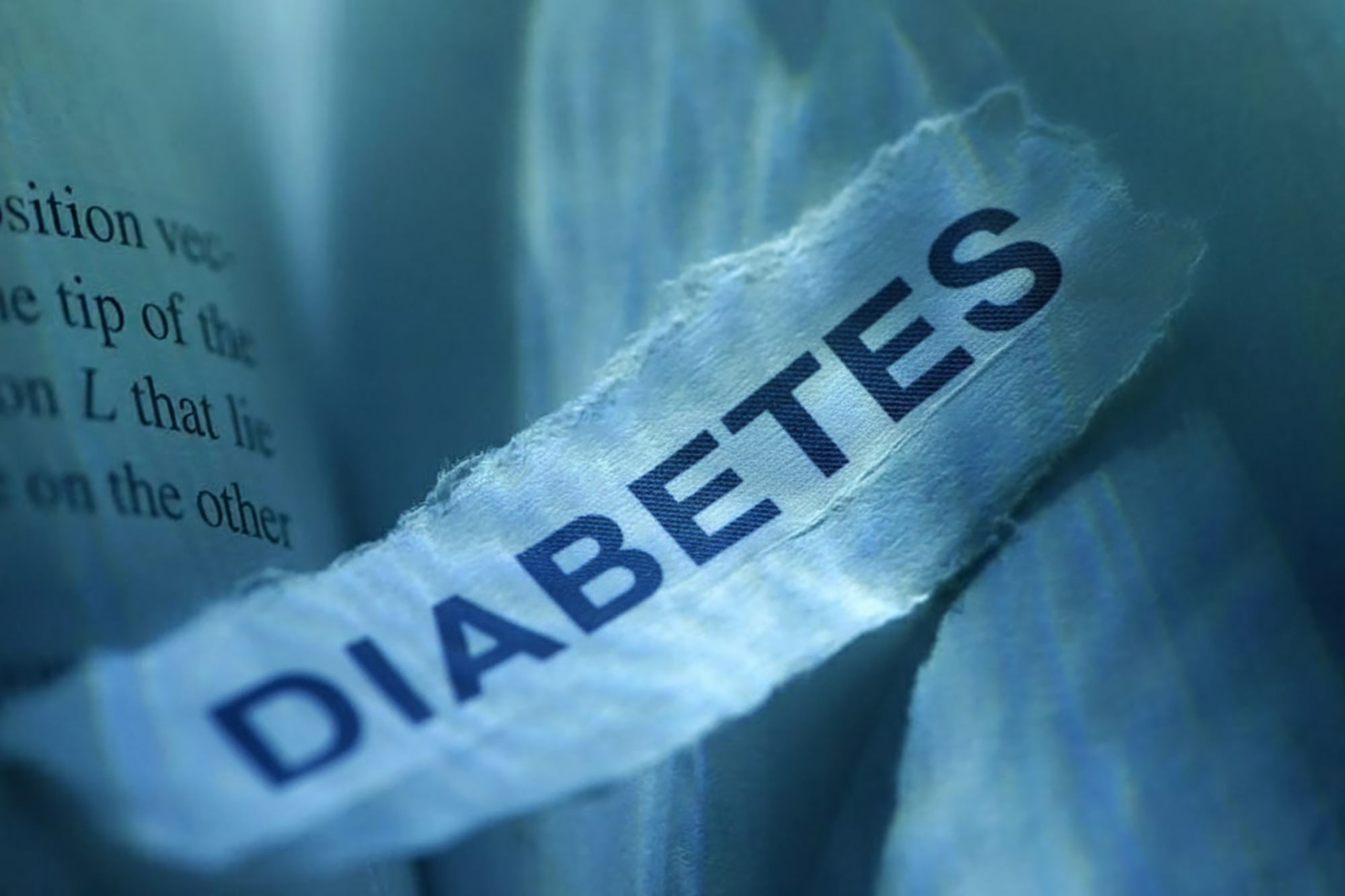Summary of The Diabetes That Has Nothing To Do With Sugar:
The content discusses two distinct forms of diabetes: diabetes mellitus and diabetes insipidus. While diabetes mellitus (type 1 and type 2) mainly revolves around blood sugar regulation, diabetes insipidus is related to a hormonal dysfunction impacting water balance in the body.
Key Points:
-
Diabetes Mellitus: This common type involves high blood sugar due to insufficient insulin production or its ineffective use, leading to symptoms like excessive urination.
-
Diabetes Insipidus: Less known, this condition arises from a deficiency or resistance to the hormone arginine vasopressin (AVP), disrupting water conservation. It results in extreme thirst and large volumes of diluted urine, regardless of water intake.
- Types of Diabetes Insipidus:
- AVP-deficiency: The body produces insufficient AVP due to factors like brain tumors or trauma; treatable with synthetic AVP.
- AVP-resistance: The kidneys fail to respond to AVP, often requiring different medications and a low-salt diet for management.
- Dipsogenic diabetes insipidus: The thirst center in the brain causes excessive water consumption, leading to potentially dangerous overhydration.
The article highlights that diabetes insipidus, though less common, can have serious health ramifications. It underscores the importance of recognizing symptoms like excessive thirst and urination and seeking medical advice to determine the underlying cause.
*****
Summary Points:
- Understanding Diabetes Insipidus: Unlike diabetes mellitus, diabetes insipidus is not related to blood sugar but rather to a hormonal disruption that affects the body’s water balance.
- Hormonal Mechanism: This condition involves arginine vasopressin (AVP), a hormone crucial for managing water retention, and its deficiency or resistance leads to excessive thirst and urination.
- Types and Causes: Diabetes insipidus has various forms including AVP-deficiency and AVP-resistance, with differing underlying causes such as brain injury, pregnancy, or genetic factors.
- Complications of Overhydration: Excessive water intake due to this condition can become dangerous, potentially leading to severe medical complications.
- Importance of Medical Attention: Recognizing the symptoms of diabetes insipidus can lead to timely intervention, preventing severe health complications and improving quality of life.
When the Body’s Thirst Control Fails: An Insight into Diabetes Insipidus
When you hear the term “diabetes,” the immediate associations often involve blood sugar levels and the struggles of managing diabetes mellitus—be it type 1 or type 2. However, lurking beneath the surface is another condition sharing part of its name, diabetes insipidus, which has nothing to do with sugar. Instead, it hinges on the fascinating yet critical role of hormones in regulating the balance of water in our bodies. Let’s embark on a journey to explore this lesser-known yet life-altering condition.
First, let’s grasp the core concept. Diabetes insipidus results from the body’s inability to regulate water retention adequately. Picture this: you’re perpetually thirsty despite consuming copious amounts of fluids, yet your body continues to shed water in an alarming manner. How can water turn into a danger? The answer lies deeply within the intricate workings of hormones like arginine vasopressin (AVP).
The Role of Arginine Vasopressin (AVP)
AVP, also known as anti-diuretic hormone (ADH), is produced in the hypothalamus and secreted by the pituitary gland. Think of it as the body’s water conservation officer. Under normal circumstances, when dehydration strikes, this hormone signals the kidneys to retain water. However, in those with diabetes insipidus, there’s a hiccup in this system.
When the body lacks sufficient AVP or becomes resistant to its effects, kidneys lose their ability to conserve water. The result? Increased urination, relentless thirst, and potential dehydration. Yet, what’s most fascinating is how this disruption can often overlap confusingly with the more well-known diabetes mellitus.
What’s Different About Diabetes Insipidus?
So, how does diabetes insipidus differ from diabetes mellitus? While both conditions share a common symptom—excessive urination—they originate from completely different biological mechanisms. In diabetes mellitus, elevated blood sugar levels lead to an increase in urine output. Essentially, the body expels sugar, pulling water along for the ride. In contrast, diabetes insipidus is a hormonal issue that causes water loss independent of glucose levels.
Imagine your body as a well-orchestrated symphony, where every musician plays their part impeccably. Now, if the conductor (AVP) is absent or unable to communicate effectively with the musicians (your kidneys), chaos ensues. Without the message to hold onto water, the body enters into a perplexing and exhausting cycle of thirst and urination.
Types of Diabetes Insipidus: Unpacking the Causes
To truly understand diabetes insipidus, it’s crucial to delve into its types:
-
AVP-deficiency (Central Diabetes Insipidus): As the name suggests, this occurs when there isn’t enough AVP produced. Brain tumors, head injuries, or even genetic factors can impair the production of this vital hormone, wreaking havoc on the body’s water regulation.
-
AVP-resistance (Nephrogenic Diabetes Insipidus): Here, the issue lies not with hormone production but with the kidneys’ response to AVP. Sometimes this resistance develops due to kidney damage or certain medications, such as lithium.
-
Dipsogenic Diabetes Insipidus: This form involves the brain’s thirst center—located within the hypothalamus—becoming dysfunctional. When this part is damaged, it can lead to an insatiable thirst that paradoxically diminishes AVP levels, creating an alarming cycle of excessive drinking and urination.
- Gestational Diabetes Insipidus: Unique to pregnancy, this form arises when the placenta produces an enzyme that breaks down AVP in the bloodstream, leading to similar symptoms. Fortunately, this condition often resolves post-birth.
Navigating Treatment Options
With an understanding of the types comes the essential step of treatment. For those struggling with AVP-deficiency, the option of desmopressin—a synthetic form of AVP—offers a beacon of hope. Available in various forms including tablets and nasal sprays, desmopressin effectively aids the body in reclaiming its ability to retain water.
Conversely, those with AVP-resistance face a more complex challenge. Since the kidneys fail to respond to AVP, treatment focuses on alternative medications to help manage symptoms. Low-salt diets and ensuring hydration become critical components in this case.
Additionally, addressing dipsogenic diabetes insipidus often requires a multifaceted approach, potentially integrating psychological support to manage the compulsive thirst that accompanies this condition.
The Upside of Understanding
Now, you might wonder, "What does this mean for me?" Well, knowledge carries power. Understanding the mechanisms of diabetes insipidus is essential for recognizing key symptoms. If you or someone you know is experiencing persistent thirst, high fluid intake, and excessive urination, seeking medical guidance is vital.
But there’s an inspiring takeaway here. Living with any chronic condition, diabetes insipidus included, often demands lifestyle adjustments. Whether establishing hydration routines or understanding medical management, such adaptations can empower individuals towards improved health and well-being.
The Hidden Dangers of Overhydration
As we explore the dangers intertwined with diabetes insipidus, it’s imperative to consider the notion of overhydration. In the quest to combat thirst, some may overconsume fluids, thereby diluting essential electrolytes like sodium. This condition, known as hyponatremia, can lead to headaches, confusion, and potentially severe complications like seizures.
Ironically, wellness trends today often glorify excessive hydration as part of a healthy lifestyle. Sports personalities advocate for high water intake, yet we must acknowledge the lurking risks of this mentality. Striking a balance remains essential to maintaining health—our bodies have a remarkable capacity to communicate what they truly need.
Embracing Life with Diabetes Insipidus
The journey through diabetes insipidus may be fraught with uncertainty, but it isn’t devoid of hope. For those living with its whispers, awareness and proactive management can transform potential frustration into empowerment. Yes, the road may involve adjustments, but it often leads to greater self-awareness and resilience.
So, rather than allowing diabetes insipidus to define a life constrained by thirst and frequent restroom visits, embrace the journey. Seek education, share experiences with supportive communities, and advocate for one’s health. Moreover, it’s essential to view this condition through a lens of compassion, understanding that those wrestling with diabetes insipidus deserve empathy and support.
In conclusion, the discussion surrounding diabetes extends beyond the familiar realm of glucose. The intricate dance of hormones, the body’s mechanisms of thirst, and the challenges presented by conditions like diabetes insipidus serve as crucial pieces of our health puzzle. Through understanding, proactivity, and compassion, we can navigate life’s intricate pathways—making every step along the way a journey worth cherishing. Remember, knowledge and understanding are your strongest allies in this journey.

